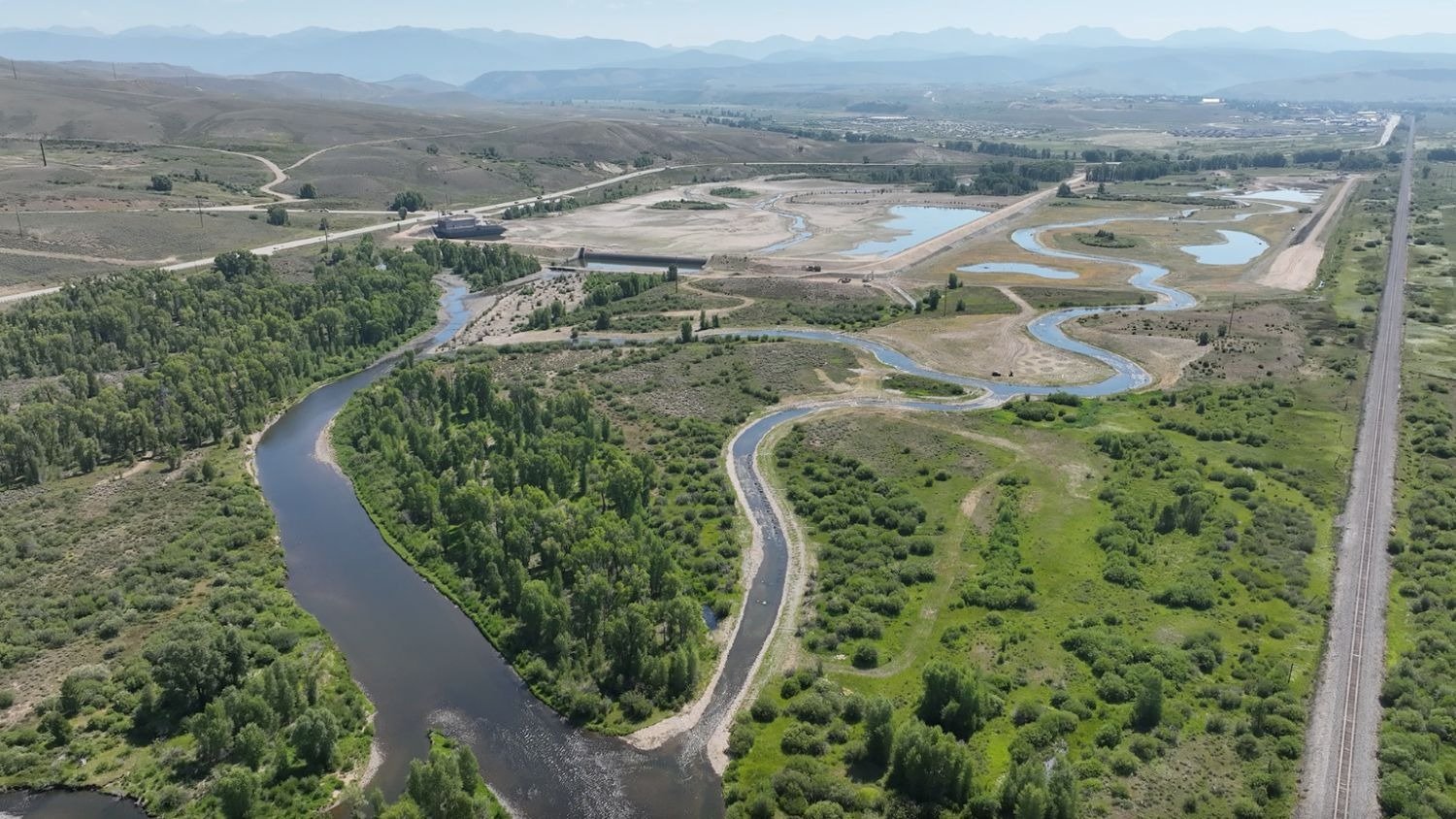http://www.aspendailynews.com/archive_22917 David Frey - Aspen Daily News Correspondent
Fri 11/23/2007 11:00PM MST
Environmentalists and sportsmen's groups are calling for a "final push" encouraging Gov. Bill Ritter to seek more protections from energy development on the Roan Plateau. Their effort comes in the waning days of the review period the governor asked for to study the drilling plan put in place before he took office.
The effort is part of conservationists' two-pronged approach meant to keep gas rigs off the surface of the plateau to protect the landscape and habitat for species like deer and elk.
In addition to pressuring the governor to urge the Bureau of Land Management to ban drilling from the top, drilling foes are encouraging lawmakers to support language in the energy bill that would keep drilling off the Roan for at least a year. Reps. John Salazar and Mark Udall, both Colorado Democrats, succeeded in getting that language included in the House version of the bill.
"Success with both the legislature and the governor's review is going to be really important," said Clare Bastable, conservation director for the Colorado Mountain Club. "What they decide to do in Washington is equally as important as the plan itself."
Ritter's office isn't indicating what action the governor will take after the review period ends in mid-December. Spokesman Evan Dreyer said his options range from endorsing the current plan to making his own recommendations. But even if he offers his own plan, the BLM may not listen.
"There is nothing that obligates the federal government to pay any heed to us should we offer recommendations," Dreyer said, "so in short, it is all still a very unsettled picture."
THE PLAN The BLM has approved a plan that would allow gas drilling on top of the Roan, but with phasing intended to limit surface disturbance and protect wildlife. The plan was based largely on recommendations by the state Division of Natural Resources, which worried that drilling on the plateau could harm the species that call it home.
But that was under Ritter's predecessor, Gov. Bill Owens, a Republican. After Ritter, a Democrat, took office in January, he asked for a chance to review the project. The BLM initially refused until Sen. Ken Salazar, D-Colo., brother of Rep. Salazar, threatened to withhold consideration of President Bush's nominee to head the BLM.
The energy industry is also stepping up its efforts to press for drilling on the plateau. Last month, the group Americans for American Energy released a study that claimed the state could reap $1.2 billion in the first year of drilling on the Roan Plateau, and that local and regional bodies would gain $6 billion in royalties and taxes over 30 years and $11 billion in industry investment. Environmentalists questioned those numbers.
"It only makes sense, I think, to go slow on developing resources like the Roan," said Bastable, who said most of the gas leases already approved haven't been drilled on yet. "We're in no danger of losing revenue."
In recent weeks, conservation organizations and hunting and fishing groups have organized phone banks, appeared in radio ads and have encouraged members to call Ritter and Sen. Salazar to encourage more protections for the Roan.
"Nobody's saying that you can't extract gas out of the ground," said Bill Dvorak, of the National Wildlife Federation. "We're just saying there's ways to do it that will leave the wildlife habitat intact."
Dvorak said he would like to see energy companies use methods like directional drilling to reach the gas under the plateau without drilling new wells. He said he worries not only about protecting the habitat on top of the Roan, but some of the remaining habitat below. That's important winter range, he said, but it's already been impacted by a "web" of wells and roads.
"We think eventually there will be ways to extract the gas," said Suzanne O'Neill, executive director of the Colorado Wildlife Federation, "but we have to have a little bit of patience so we strike the right balance and protect critical wildlife habitat."
In addition to species like deer and elk, the Roan is also home to some rare populations of native cutthroat trout. That has raised concerns among anglers.
"They're a pretty unique population of fish up there," said Ken Neubecker, vice president of Colorado Trout Unlimited. "Right now, while they've survived thousands of years in these small populations, a single accident up there, either from stormwater discharge or a tanker truck spill, could wipe these populations out. There's no need to rush into this and go after this gas."
The energy industry has said the gas could be extracted without harming wildlife. An estimated 8.9 trillion cubic feet of federally-owned natural gas is believed to lie 8,000 to 11,000 feet below, enough to heat 4 million homes for 20 years. Supporters believe that could be an important source of domestic fuel, from an area originally set aside for energy production.
Ritter's spokesman Dreyer said the governor's office hasn't seen a big increase in phone calls or correspondences from either environmental groups or drilling supporters, but that will likely change as the governor's deadline approaches.
Drilling opponents said they hope the governor will seek to keep gas rigs off the surface of the Roan, and the BLM will listen.
"He's the head of the state government and represents the people in Colorado," Neubecker said. "His voice, I hope, would be important in protecting the resources on top of the Roan in the face of, really, this juggernaut of oil and gas development in western Colorado."







